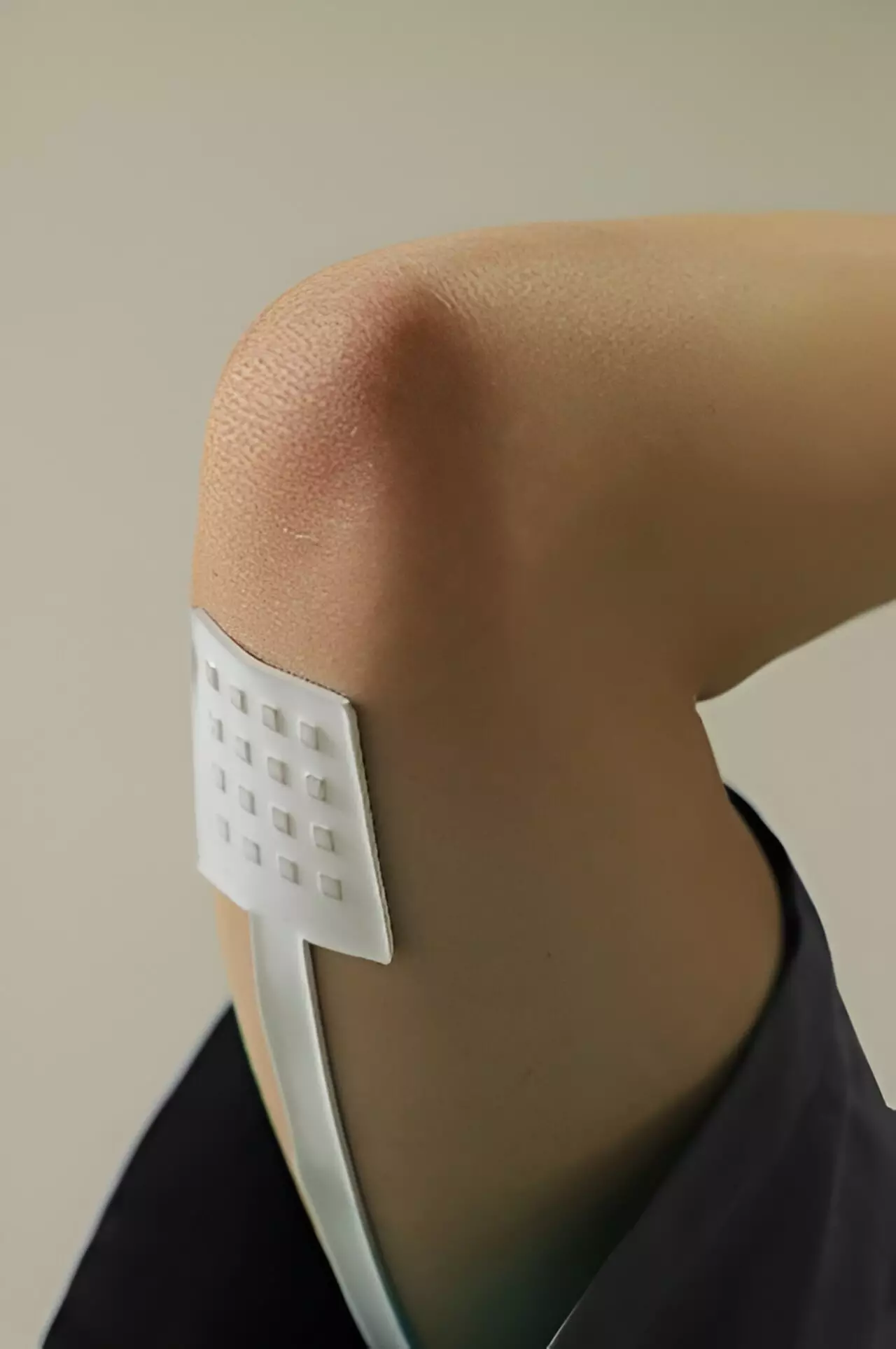In a groundbreaking study published in the journal Science Advances, researchers from Peking University have unveiled a new era of flexible tactile sensors that could revolutionize the way we interact with technology and our environment. These sensors, equipped with 3D micro strain gauges, offer high-density mapping of pressure, wireless monitoring of biomechanical signals, and decoupled measurement of temperature, normal force, and shear force. The implications of this innovation are vast, with potential applications ranging from robotics to biomedicine and consumer electronics.
The Development of 3D Micro Strain Gauges
The key to the success of these flexible tactile sensors lies in the development of 3D micro strain gauges. By transforming traditional planar strain gauges into 3D forms through a process compatible with lithographic techniques, researchers have been able to enhance sensing modality and improve spatial density in tactile sensing. The 3D micro strain gauges, driven by thin film stress, exhibit remarkable consistency and stability, making them ideal for parallelization and mass processing. This technology opens up new possibilities for customizing sensor performance quickly and efficiently.
One of the most exciting aspects of these flexible tactile sensors is their customizable design. By adjusting the shape of the 3D microstructure, the thickness of each layer of thin film, and the encapsulating polymer, researchers can easily modify the sensitivity and other properties of the tactile sensor to meet specific needs. This flexibility in design provides a solid foundation for creating tailored sensors and electronic skins that can be adapted for a wide range of applications.
Each flexible sensor contains four 3D micro strain gauges oriented orthogonally, allowing for precise decoupling of normal force and shear force to accurately determine the direction and magnitude of external forces. Additionally, the sensors incorporate a temperature sensing module to provide comprehensive data on the environment. Researchers have also developed an anti-crosstalk circuit that supports spatiotemporal mapping of normal and shear forces, enabling more sophisticated analysis of tactile feedback.
The compatibility of these 3D micro strain gauges with both microelectronics and macroelectronics opens up a world of possibilities for potential applications. From improvements in robotics to advancements in biomedicine and consumer electronics, these flexible tactile sensors have the potential to enhance sensing performance and integration solutions across various industries. This technological breakthrough heralds a new era of innovation in microelectronics and microelectronics, paving the way for exciting developments in the field of biomechanical detection.
The development of flexible tactile sensors equipped with 3D micro strain gauges represents a significant step forward in the field of biomechanical detection. The customizable design, enhanced sensing capabilities, and potential applications of these sensors make them a game-changer in the world of technology and innovation. Researchers are excited about the future possibilities that this technology holds, and it will be fascinating to see how these sensors are utilized in the years to come.


Leave a Reply